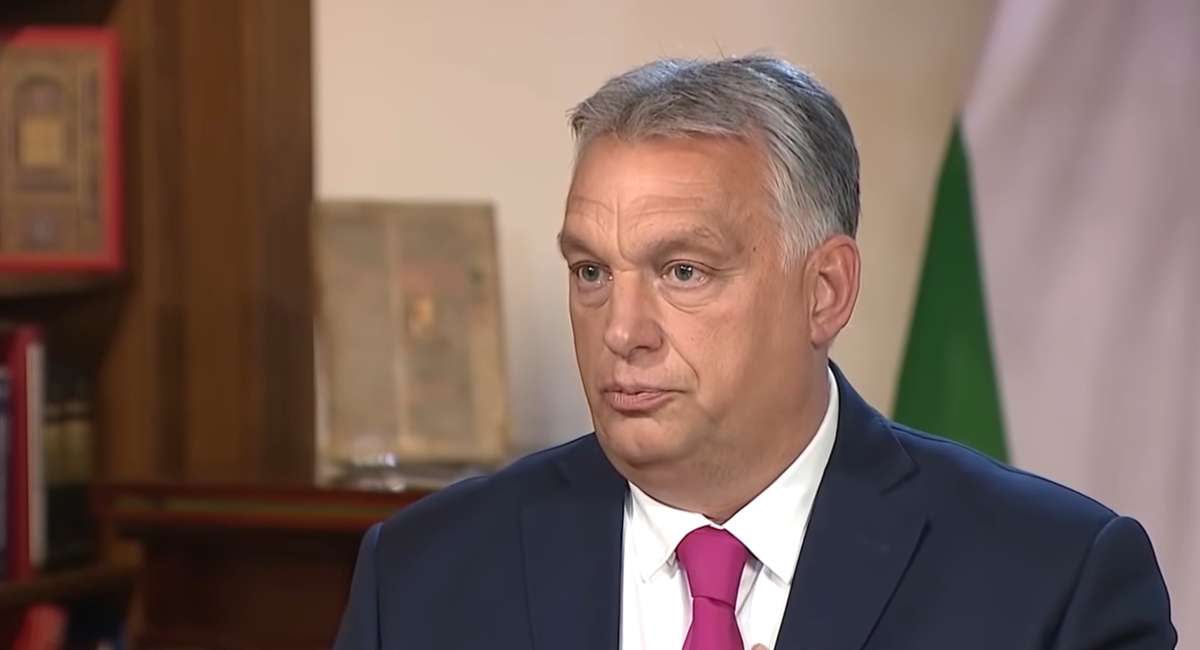It’s lonely out in space. Two NASA astronauts have been stranded on the International Space Station since June 6, drawing attention from the international press, Neil deGrasse Tyson, and perhaps even some aliens. The astronauts originally traveled to space on the Boeing Starliner spacecraft’s first manned mission.
Starliner landed safely back on Earth early on September 7. Just one problem: The astronauts weren’t on board. NASA deemed their return on the spacecraft too risky, leaving the astronauts stuck in space until 2025. NASA and Boeing must fully account for their failures and ensure this astro-catastrophe never happens again.
It’s time for America’s space agency to do right by its astronauts and stop burning out the fuse of federal waste.
From the start, Boeing’s Starliner has been plagued with problems. This maddening misadventure began in 2014 when the agency inked deals with Boeing and SpaceX to develop ships capable of bringing astronauts to orbit. NASA was understandably frustrated that taxpayers were paying the Russian Space Agency $86 million per ride to launch American crews into space and wanted more control over the process. NASA paid Boeing $4.2 billion compared to $2.6 billion for SpaceX. The agency justified paying Boeing’s premium with little more than nostalgia and close ties.
Starliner’s maiden voyage was initially set for 2017, but engineering delays kept the ship grounded. When Starliner was finally “ready” for an unmanned flight in late 2019, a software error caused a faulty orbit, leading to mission failure. A 2021 reattempt was derailed by corroded valves, followed by parachute system issues, wiring problems, and more valve troubles that delayed crewed flights until 2024.
Meanwhile, costs soared. Taxpayers shelled out an additional $600 million to Boeing for Starliner development, and Boeing spent $1.5 billion on its own cost overruns. Despite these setbacks, NASA has remained calm, even as taxpayers grow increasingly concerned.
This fiasco is just a small part of NASA’s broader fiscal challenges. The Artemis III mission aims to bring humans to the moon for the first time since Apollo, and Artemis IV plans to transport astronauts to a new lunar space station. These missions do not come cheap. In a January testimony to Congress, NASA acting Inspector General George Scott estimated that the Artemis program’s total cost through 2025 could exceed $93 billion. This figure excludes tens of billions in research and development, plus any unforeseen costs related to the lunar space station.
Space spending through 2030 will almost certainly surpass $100 billion, but clear estimates are scarce. As Scott notes, “decision-makers will have limited knowledge into the full scope of … costs until an estimate is created.”
Meanwhile, delays abound. In January, NASA leadership officially bumped the date of Artemis III from late 2025 to September 2026, citing technical and safety-related delays. The Government Accountability Office seems to expect further delays. According to a November report by the watchdog, “if development took as long as the average for NASA major projects, the Artemis III mission would likely occur in early 2027.”
If anything, the project has been unusually slow. “Some flight tests have been delayed,” and “a significant amount of complex work remains.”
If policymakers got their heads out of the clouds, they’d realize that robotic exploration can complete missions at a fraction of the time and cost required for manned exploration. Cambridge cosmology and astrophysics professor and royal astronomer Martin Rees rightly notes, “The practical case [for human spaceflight] gets weaker and weaker with every advance in robotics and miniaturization.” America’s space agency seems to agree: “Robots don’t need to eat or sleep or go to the bathroom. They can survive in space for many years and can be left out there — no need for a return trip!”
Robotic exploration is a far better alternative to stranding astronauts in space and exposing them to all sorts of deleterious health effects. It’s time for NASA to do right by its astronauts and stop burning out the fuse of federal waste.
Opinion & analysis












